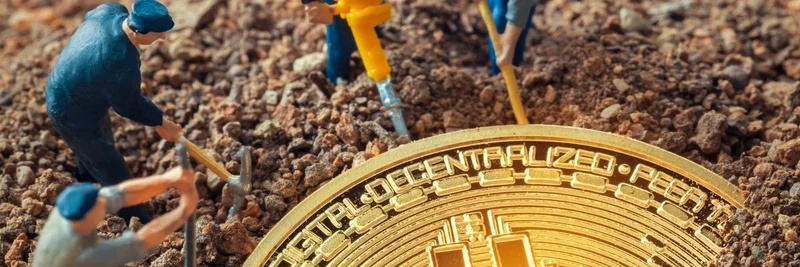Hey there, crypto enthusiasts! If you've been keeping an eye on the blockchain world, you might have caught wind of some wild developments out of Iran. A recent tweet from BSCNews highlighted a shocking report: over 95% of the country's active crypto mining machines are running illegally. That's a massive issue not just for Iran but for the global crypto scene, including those fun meme tokens we all love to watch pump and dump. Let's break it down step by step, keeping things simple and straightforward.
The Massive Scale of Illegal Mining in Iran
Crypto mining, for those new to the game, is the process where powerful computers solve complex puzzles to validate transactions on networks like Bitcoin's proof-of-work blockchain. It requires a ton of electricity, and in Iran, that's become a huge problem. According to reports from sources like Wanaen and echoed in the BSCNews post, there are about 427,000 active mining rigs in the country. But here's the kicker: more than 95% of them are operating without government approval.
These unauthorized setups are guzzling over 1,400 megawatts of power around the clock—enough to light up millions of homes. With Iran's subsidized electricity prices making mining super profitable, it's no wonder illegal operators are flocking in. But this has turned the nation into what one official called a "paradise for illegal miners," leading to strained grids, frequent blackouts, and power rationing during peak times. It's a classic case of how cheap energy can fuel unchecked growth in crypto activities.
How Miners Are Hiding in Plain Sight
These illegal operations aren't just setting up shop openly; they're getting creative to avoid detection. Many disguise their farms as legitimate industrial facilities to tap into cheaper power rates. Authorities have busted setups hidden in underground tunnels, abandoned warehouses, and even active factories.
In Tehran Province alone, officials have dismantled 104 illegal farms this year, seizing 1,465 mining machines. That's equivalent to the electricity usage of around 10,000 households! Hotspots include areas like Pakdasht, Malard, and southwestern Tehran, where another 80 farms with over 1,300 devices were uncovered recently. If you're picturing high-tech hideouts, you're spot on—this is straight out of a cyber-thriller.
Government's Crackdown and Citizen Incentives
Iran isn't taking this lying down. The government has ramped up a nationwide crackdown, teaming up inspection squads with law enforcement to hunt down these energy vampires. To get the public involved, they're offering rewards: about 1 million toman (roughly $24 USD) for every illegal mining device reported. It's a smart move to crowdsource the fight against these power hogs.
Despite the challenges, Iran remains a heavyweight in global crypto mining. Data from CoinLaw shows the country holds about 4.2% of the world's Bitcoin hashrate, ranking fifth behind powerhouses like the US, Kazakhstan, Russia, and Canada. This positions Iran as a key player, but the illegal side threatens to undermine legitimate efforts and could lead to stricter regulations down the line.
What This Means for the Meme Token Ecosystem
Now, you might be wondering: "I'm here for meme tokens—how does Iran's mining drama affect my Dogecoin or Shiba Inu holdings?" Great question! While most meme tokens run on proof-of-stake chains like Ethereum or Solana (which don't require energy-intensive mining), the broader crypto market is interconnected. Bitcoin's price often sets the tone for altcoins, including memes, and disruptions in major mining hubs can cause volatility.
If Iran's crackdown reduces global hashrate, it could temporarily boost Bitcoin's difficulty and price, potentially lifting meme tokens in a bull run. On the flip side, energy crises and regulatory headlines might spook investors, leading to market dips. For blockchain practitioners diving into meme projects, this underscores the importance of sustainable practices—after all, as meme communities grow, so does scrutiny on crypto's environmental footprint. Staying informed on these global events helps you navigate the wild world of meme investing smarter.
In wrapping up, Iran's illegal mining saga is a reminder of crypto's double-edged sword: massive potential paired with real-world challenges. Keep an eye on updates from reliable sources like BSCNews, and remember, in the meme game, knowledge is your best HODL strategy. What are your thoughts on this—could it spark a meme about "hidden Persian miners"? Drop your takes in the comments!


